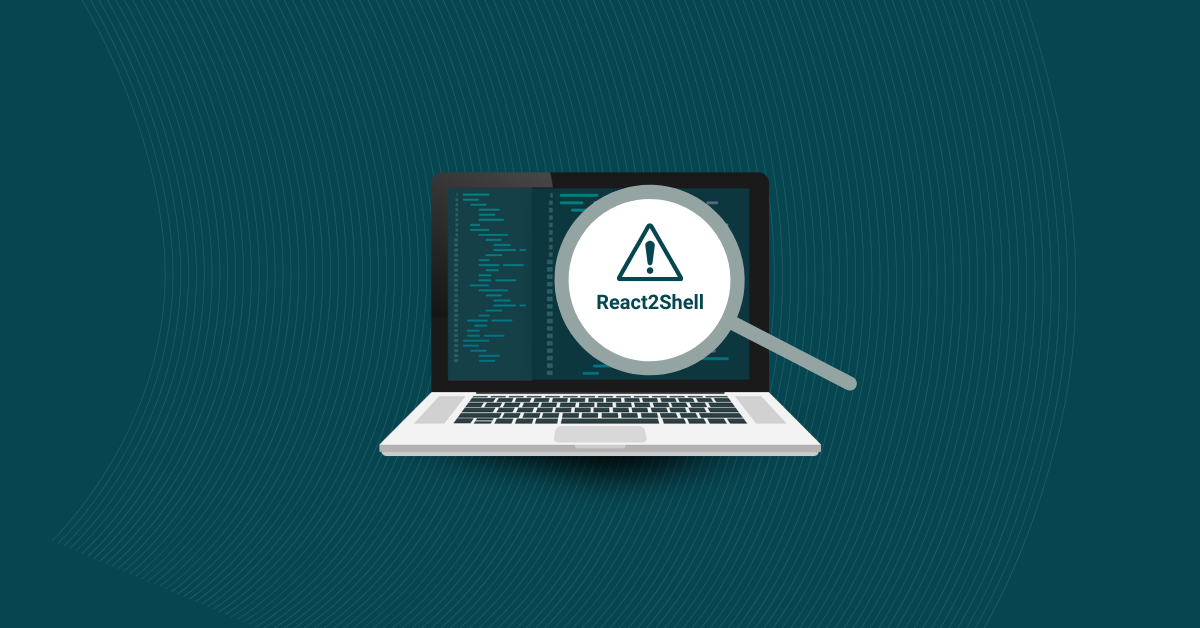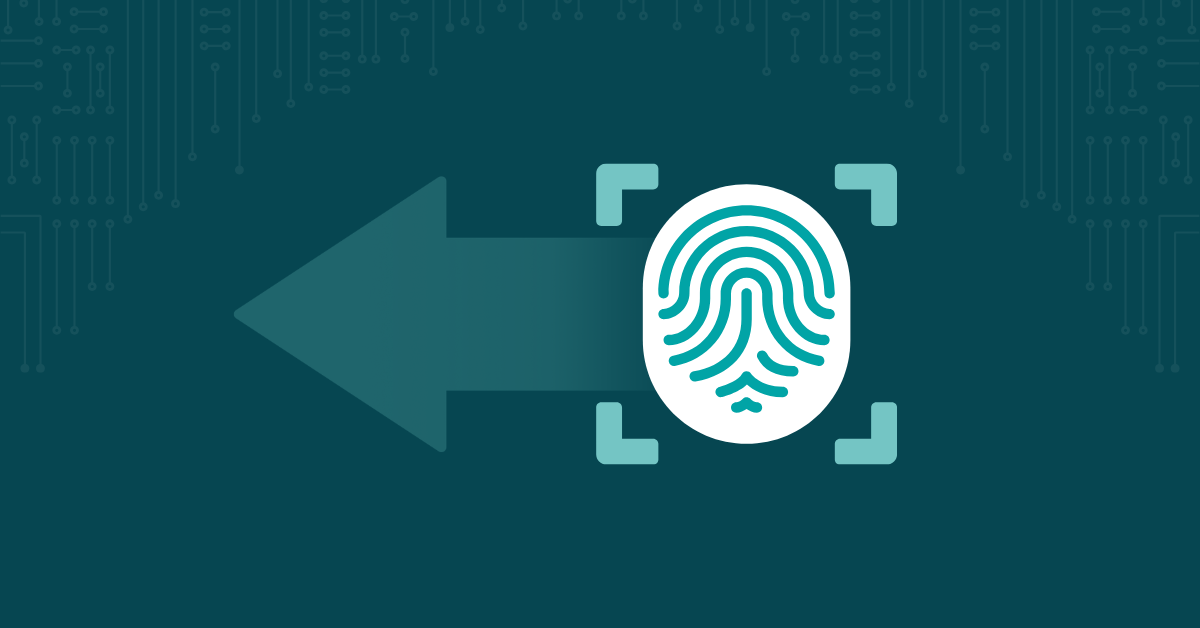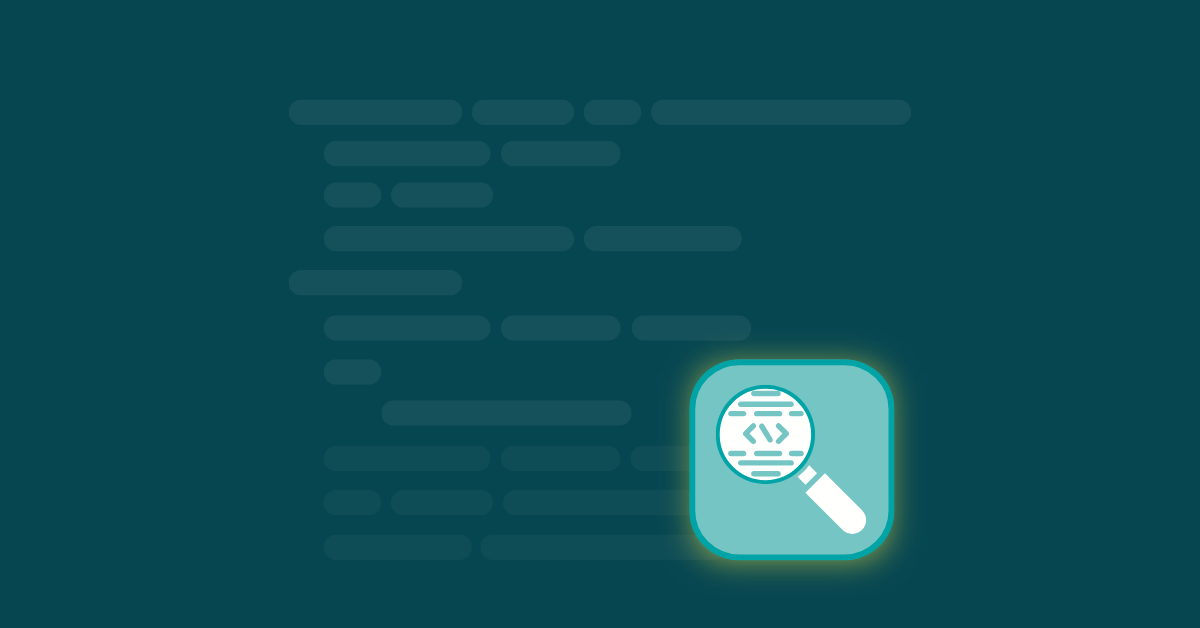

Traditional application security approaches happen too late in the development process. By the time the security team discovers a vulnerability, it’s baked into the codebase, making it expensive and time-consuming to remediate—or worse, hackers have already exploited it.
Shifting left, or addressing security early in the software development lifecycle (SDLC), is a proactive approach to application security that catches vulnerabilities early in the development process, often as soon as code is committed, when they’re cheapest to fix.
Shift-left security is identifying and remediating code vulnerabilities earlier in the SDLC. In legacy software development models (like waterfall), security is treated as a final step before release. Shifting left repositions it as a continuous process from day one. It moves security from the end, or “right,” side of the process to the left.
In other words, shifting left means making security part of the early development stages. Instead of saying, “Okay, we’re all done building the thing—now let’s do a last-minute security check and scramble to fix as much as we can before the deadline,” you can say, “Next week’s release is on track. We handled security issues weeks ago because we baked it in from the start. This release is solid.”
The traditional approach goes: plan, design, build, test, deploy, and then monitor. In this model, the security team comes in during or after the testing phase to serve as a final checkpoint before deployment.
Shifting left, also sometimes referred to as DevSecOps, integrates security from day one:
Shifting left as a security model is a response to the changing nature of the digital environment. When IT was primarily an on-premise endeavor, perimeter-based security models focused on building a “fence” to protect assets inside the organization. This model assumed that people and devices inside the perimeter could be trusted.
Moving applications to the cloud and shifting to remote devices exposed the shortcomings of the perimeter security model. Shift left security assumes your applications will be exposed to bad actors and that no environment is inherently safe.
Taking a shift-left approach to security benefits many different roles in an organization, including:
Incorporating security earlier in the SDLC offers many benefits for both dev teams and the organization as a whole.
Switching to a different security model can be challenging for development teams, especially if they’re accustomed to pushing feature work up to the last minute and treating security as a final hurdle. It may initially feel like added overhead. But once shift-left practices are in place, it’s easy to appreciate the reduction in last-minute rework, fewer bugs, and smoother handoffs.
When you consider security from the beginning, you’ll proactively eliminate many vulnerabilities. Setting up a secure design pattern will prevent security risks such as overly lax permissions. Automated security testing tools embedded in your integrated development environment (IDE) can immediately alert developers to vulnerabilities, allowing for on-the-spot remediation.
When flaws and bugs get through, you’ll be notified before the changes are committed to the codebase. When you find security vulnerabilities early, fixing them is simple. If you don’t discover them until the final check before deployment, you may have to do a significant amount of unravelling and rework to fix it. The worst-case scenario is that you don’t find the vulnerability, and hackers exploit it.
Context switching—interrupting your workflow to deal with security issues or other unrelated tasks—is frustrating and decreases productivity. Because shifting left means security is an established methodology within your workflow, you’ll deal with problems as they arise instead of weeks or months later.
Considering security in the design and development process forces you to write better code. Shifting left includes practices such as coding checklists and automated vulnerability scanning, which enforce good coding standards. Code security tools incorporated into your IDE provide immediate feedback as you’re coding. This improves your code quality and makes you a better programmer by creating a continuous testing feedback loop.
Cybersecurity is a never-ending arms race between attackers and defenders, and recent advances in AI have supercharged it on both sides. The massive increase in attack surfaces due to increased connectivity and complexity presents more opportunities for missteps.
Your only defense is to create a culture of security that includes everyone in your organization. Shifting left gives developers more ownership of security. When writing the code, you can address vulnerabilities before you hand it off. You don’t have to wait for an external review or a security team audit to know if your code is secure.
In today’s hyper-competitive, 24/7 software market, being first-to-market can give you an advantage that can last for years or even decades. This puts tremendous pressure on developers to churn out new products and features as quickly as possible.
This pressure often leads teams to prioritize speed over security. When security is the final checkpoint before you deploy, it can feel like a barrier to your goal. However, incorporating it into every development phase creates a faster, more efficient continuous integration/continuous deployment (CI/CD) pipeline. Insecure code is fixed immediately, so it’s not allowed to move forward, which can create a bottleneck of bigger issues down the line.
When you integrate security throughout the SDLC, the DevSecOps team isn’t the only beneficiary. Your whole business will notice an improvement.
You’ll spend less money remediating vulnerabilities. In many cases, bad code will be flagged and corrected immediately. Other times, vulnerability scanning tools will detect issues and provide remediation guidance, reducing time spent diagnosing problems. Remediating vulnerabilities in the development phase is a lot cheaper than after production. Fixing security flaws after code has been deployed can involve incident response teams, forensic analysis, emergency patches, service interruption, and reputational and financial damage.
Shifting security earlier in the development process helps teams move faster with greater assurance that releases are secure and stable. By integrating security into coding and testing, shift-left practices catch vulnerabilities and compliance issues early, reducing delays, rework, and last-minute surprises. With security validated at every step, releases move forward smoothly, enabling faster handoffs and more predictable delivery cycles.
The most significant benefit of shifting left is reducing your risk of data breaches and compliance violations. All major cybersecurity frameworks and guidelines recommend taking a shift-left approach. Data protection and privacy regulations such as the Health Insurance Portability and Accountability Act (HIPAA) and the European Union’s General Data Protection Regulation (GDPR) require you to handle user data securely.
When you shift left, you define policies for the regulations that apply to your industry. Your security tools will automatically scan for violations of these regulations and flag them before they’re committed or deployed.
The concept behind DevSecOps is that security should be embedded into the DevOps pipeline. Shifting left accomplishes that and makes security a shared responsibility among everyone involved in creating your application. Security becomes a continuous process and a top priority rather than the province of one isolated team.
Trust and data protection have become nearly as important to customers as price. According to McKinsey & Co., customers increasingly prioritize companies that demonstrate how they safeguard sensitive information. Outlining the measures you take to protect customer data can build trust with your users.
That trust, however, can be quickly eroded. The odds of experiencing a data breach and its associated costs continue to rise. In addition to the costs related to mitigating the breach, business interruption, compensating users, and paying fines, you also have damage to your reputation. The Okta cybersecurity breach in October 2023 led to a $2 billion drop in market value. The damage to a brand’s reputation accounts for 60% of the cost of a data breach.
To reduce that risk, organizations are increasingly shifting security left. By moving security checks earlier in the development process—and performing them more frequently—organizations can catch vulnerabilities before they make it into a release. Fewer vulnerabilities mean fewer opportunities for attackers to exploit, significantly reducing the risk of a costly data breach.
The following best practices will help make the transition to shift left security easier:
Switching to a shift-left strategy can be overwhelming if you attempt to do it all at once. Implementing too many changes simultaneously can confuse and frustrate your team. Instead, start with simple measures, such as implementing SAST. Start with a pilot rollout and expand based on feedback. You can measure your success by tracking the number of critical issues and the average time to fix them.
Developers need to be able to see the results of security testing to learn from them and make changes. Show scan results where it’s easy for developers to act on them, such as in real-time, in the IDE, or in pull request comments.
Manual code reviews will always have a place, but they’re too time-consuming and expensive to be your primary method of code review. Frequent, automatic code scanning should be a standard part of your process. Security tools should scan every commit and block merges if they detect critical issues.
Automated vulnerability scanning is a powerful tool for tighter security. It’s so effective that it can find many low-risk bugs. If you overwhelm your team with these alerts, they’ll eventually tune them out, which can lead to overlooking serious issues.
Set up a triage system that alerts your team to issues that need to be fixed immediately based on risk and business implications. Lower-priority bugs can be addressed during the regular workflow.
Your security policy should reinforce your existing coding and compliance standards. If you’re already following a specific framework, such as the OWASP Secure Coding Practices, map your security checks to it. Incorporate checklists that highlight critical regulatory compliance issues.
While shifting left spreads the responsibility for security throughout the SDLC, it doesn’t end with the people who build your application. Train everyone in your organization on the importance of security and their role in upholding it. In 2020, teenage hackers stole $118,000 in Bitcoin and took control of high-profile Twitter accounts. They gained access by tricking employees into revealing their credentials during a low-tech phone call.
Improving security is an ongoing iterative process of continuous improvement. Track KPIs such as time to detect and fix, to monitor your progress over time.
The right tools can dramatically simplify the process of shifting left by enforcing code quality and alerting you to vulnerabilities. Software testing tools work at different stages to address the many factors in creating resilient applications.
Secure applications start with secure code. Tools like Kiuwan’s SAST scan your codebase for known vulnerabilities and flaws. Insights SCA detects open-source and third-party components and compares them against a database of known vulnerabilities.
Look for automation tools you can integrate into your existing workflow. Shift-left testing works best when it’s a natural part of the developer experience. Tools that feature IDE plugins and automated CI pipeline checks allow developers to write secure code without added friction.
In addition to protecting your application and securing your infrastructure and configurations, infrastructure-as-code (IaC) scanners evaluate configuration files, such as those used in Terraform or Kubernetes, for insecure defaults or misconfigurations.
Secrets detection tools like GitGuardian prevent high-risk data, such as API keys and credentials, from being hard-coded into version control. Container and image scanning tools like Docker Scout improve supply chain security by checking containers for outdated or vulnerable software.
The rise in cybersecurity threats means security can’t be an afterthought. Shifting left helps you catch vulnerabilities before they derail development or reach production. Kiuwan’s end-to-end application security platform empowers developers with tools like SAST and SCA, integrates seamlessly into your CI/CD pipeline, and supports continuous security from planning to deployment. Request a free demo today and start building security into every step of your SDLC.


